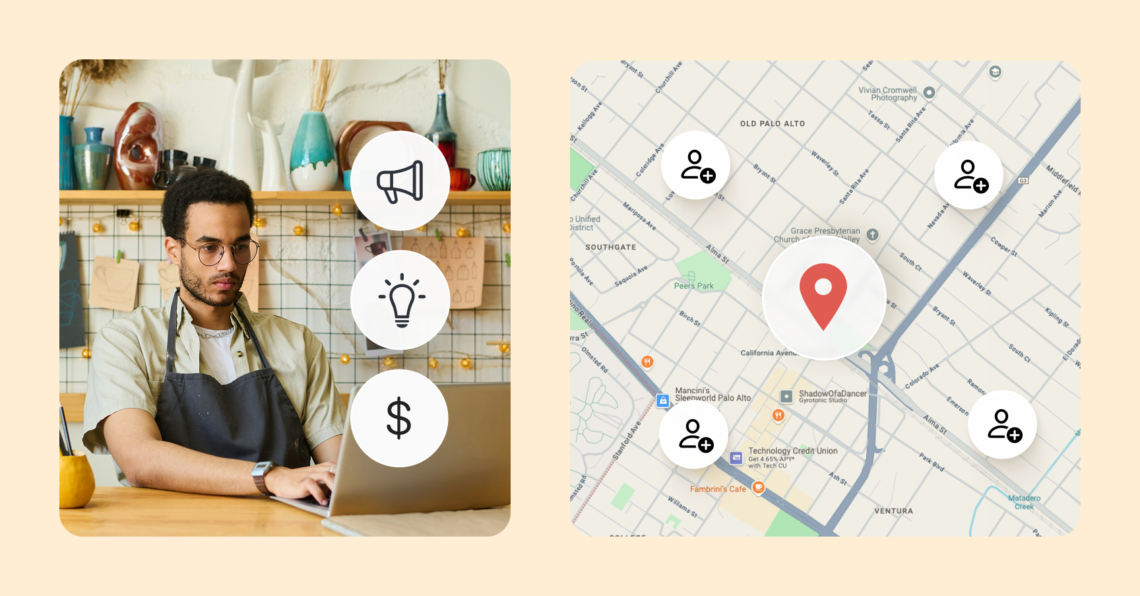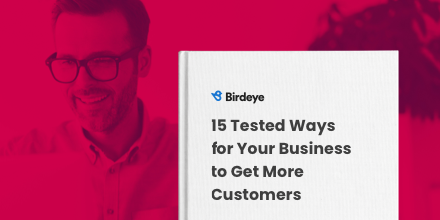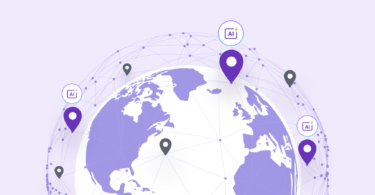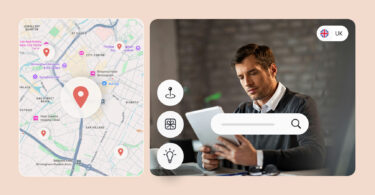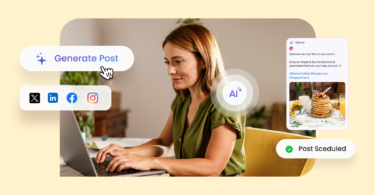Local lead generation is the key to helping local businesses connect with nearby customers who are ready to buy.
Unlike broad, national campaigns, local business lead generation focuses on building trust with people in your geographic area, people who are actively looking for your services right now. When done right, it builds trust fast and converts interest into real revenue.
But how do you actually generate those leads? In this blog, we’ll walk you through proven lead-generation strategies tailored for local businesses.
These tactics will help you consistently attract the right customers, convert interest into bookings or visits, and ultimately grow your business revenue within your local market.
If you’re a local business owner looking to drive more foot traffic or a marketer managing a local lead generation business, these insights are your blueprint to attracting high-quality leads and turning your neighborhood into your most profitable audience. Let’s get started.
What is local lead generation?
Local lead generation is the strategic process of attracting and converting local customers who are searching for products or services in a specific geographic area. It’s a targeted marketing strategy used by small and mid-sized businesses to capture the attention of potential buyers in their immediate local community.
By using location-based lead generation strategies, businesses can focus their efforts on generating new leads who are most likely to convert, because they’re nearby and actively looking.This approach works particularly well for service-based and brick-and-mortar businesses.
Think restaurants, cafes, plumbers, electricians, florists, realtors, dentists, and medical providers, businesses that thrive on foot traffic or appointments from people in their area. These businesses often rely on a combination of local SEO, social media platforms, and paid ads to reach nearby audiences and nurture them through the lead gen funnel.

Local lead generation advantages
Local lead generation offers significant benefits for businesses seeking to expand within their own communities. Here’s how:
Highly targeted tactics
To generate leads for local businesses, it’s crucial to focus on the target audience rather than a broader market. For example, a small-town bakery focuses on attracting French pastry lovers and coffee enthusiasts, while avoiding those with gluten intolerance. By using paid search ads and social media campaigns, the bakery targets customers based on demographics and interests, ensuring it reaches the right audience with tailored keywords and messaging.
Increased visibility
You can increase your online visibility by capitalizing on the power of local search engine optimization (SEO) and social media marketing. Additionally, you can use tools like Google Maps and other local business listing services to help boost your visibility with your local customers. Be sure to include relevant keywords and high-quality photos on your business listings. Then work to encourage customers to leave reviews. Reviews help to show that you are an active and popular business.
Maximizing local ROI
Local lead generation offers an excellent return on investment (ROI) by focusing marketing efforts on customers more likely to convert. By utilizing targeted strategies like paid ads and social media platforms, businesses can efficiently reach their ideal audience at the right time. Compared to traditional methods like print and TV ads, local business owners can achieve higher conversion rates at a lower cost, significantly reducing their overall marketing spend.
Competitive advantage
By focusing on local customers, local lead generation businesses can gain a competitive edge in their area. Through targeted lead generation strategies, businesses can stand out from the competition and establish a strong presence in their local market, attracting both existing customers and new prospects.
Improved referrals and word-of-mouth
Generating local leads often leads to improved referrals and word-of-mouth marketing. Satisfied local customers are more likely to recommend a business to their network, increasing organic reach and driving new leads to your business. This builds a loyal customer base and amplifies your brand presence without additional ad spend.
Pro Tip: Use Birdeye Referrals to automate and streamline your referral campaigns. Effortlessly trigger referral requests, target happy customers, and increase referral rates with easy-to-use templates. Track and optimize your campaigns with clear, actionable reports to measure success and boost customer referrals.
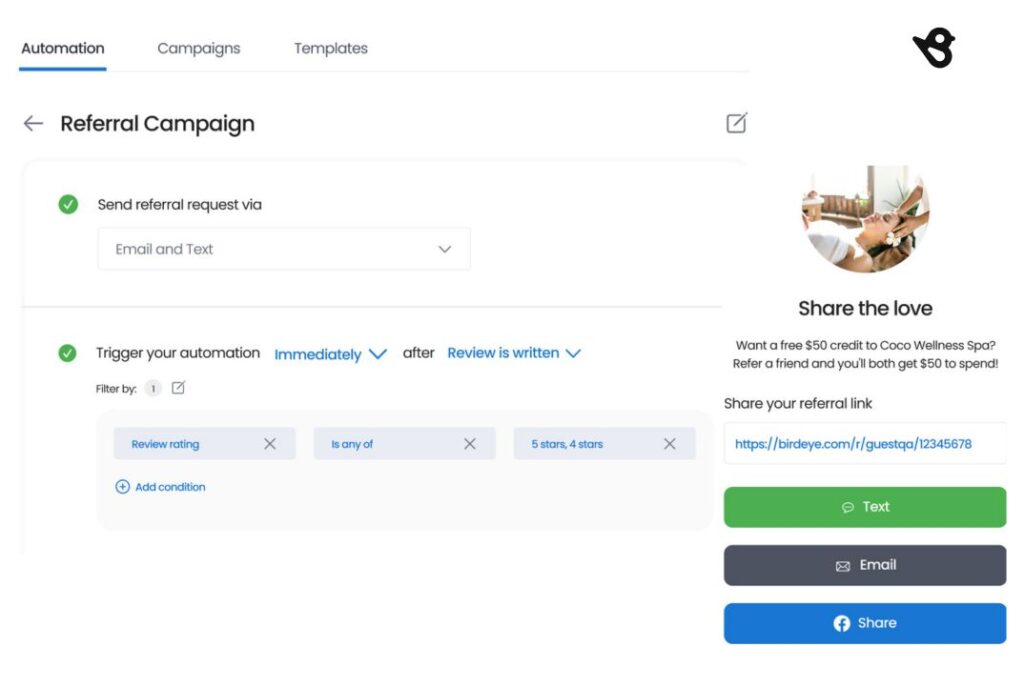
Better Customer Retention
Customer relationship management (CRM) tools help businesses stay connected with their local audience.
By leveraging insights from online marketing and analyzing customer behavior, businesses can personalize their services, improving customer satisfaction and retention.
Engaging existing customers with targeted follow-ups and promotions ensures long-term loyalty and consistent revenue.
By incorporating these benefits, businesses can enhance their business model, boosting growth through local lead generation and optimized marketing strategies.
Now, let’s examine how one brand mastered these principles through a data-driven approach to lead generation and reputation growth.
How D4C Dental boosted patient satisfaction with local lead intelligence
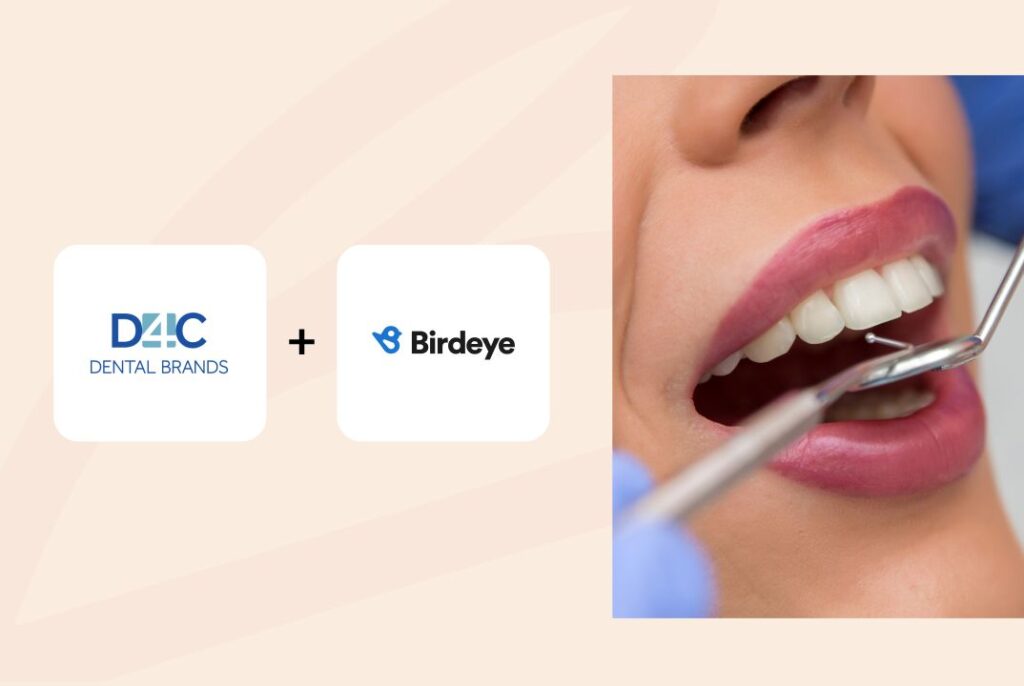
The brand: D4C Dental Brands
D4C Dental is a leading DSO supporting 200+ pediatric and orthodontic practices across the U.S., handling non-clinical operations so doctors can focus on care.
The challenge:
With 200+ locations, D4C needed a scalable way to monitor patient sentiment, uncover experience gaps, and benchmark performance across markets. Consistency and actionable feedback were key to improving satisfaction and staying competitive in each local area.
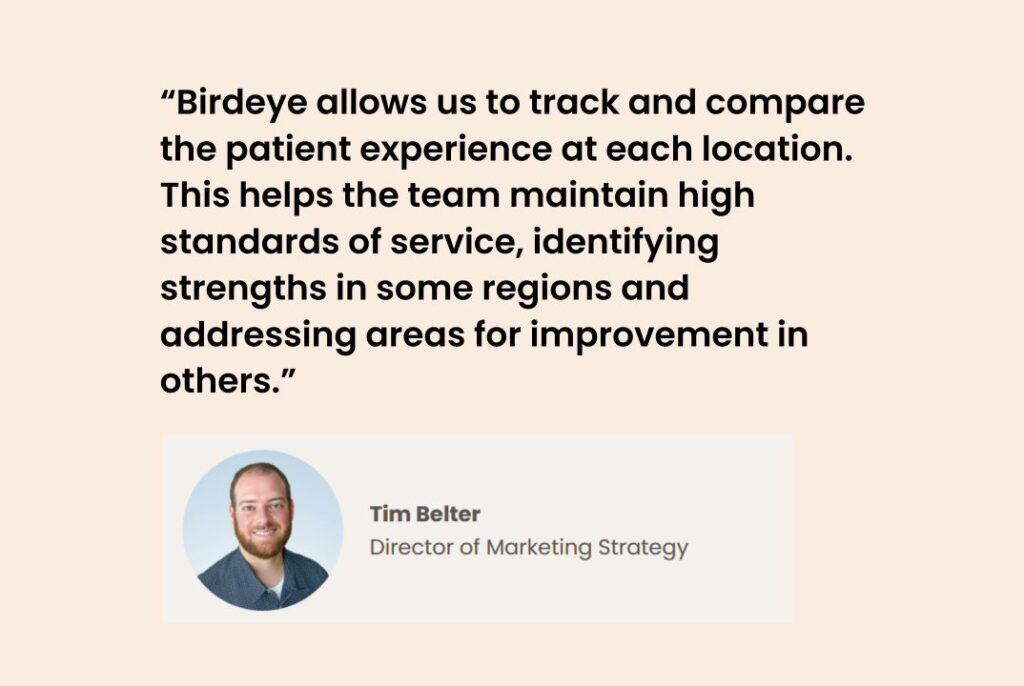
The result:
By using Birdeye Insights AI, D4C Dental:
- Analyzed 10,000+ reviews to spot recurring issues like long wait times and weak post-visit communication.
- Used Quick Action Buttons to immediately assign support tickets and resolve problems within 24 hours.
- Leveraged location-level insights to guide strategic investments and align marketing with real-time feedback.
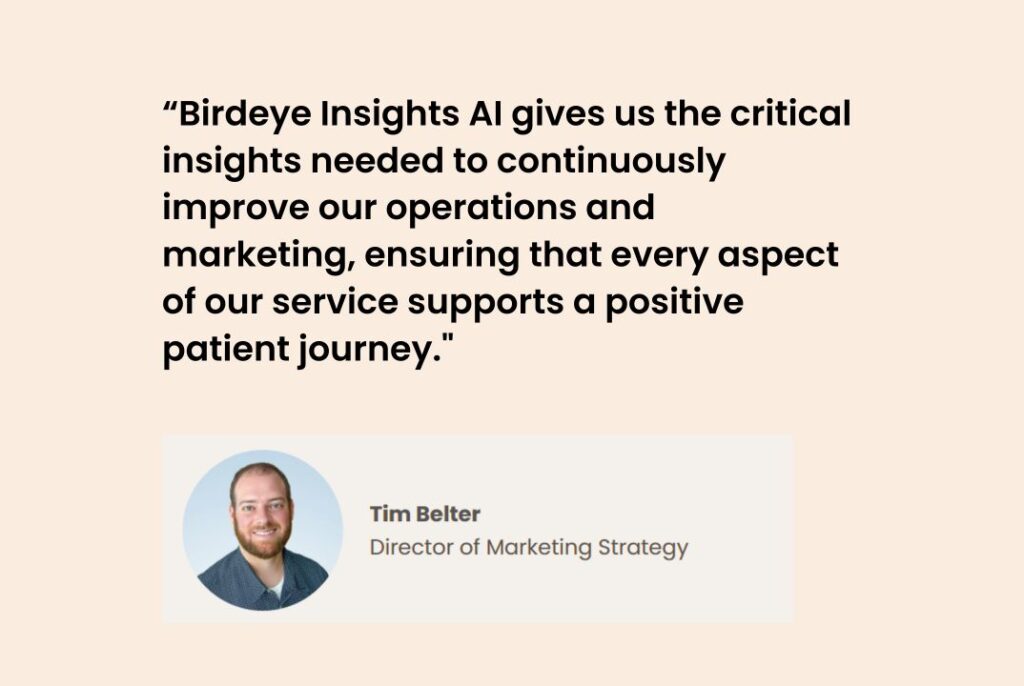
With Birdeye, D4C turned patient feedback into a competitive advantage, elevating experience, increasing visibility, and driving stronger local engagement.
Learn more about Birdeye and the D4C case study
Top lead generation strategies for local businesses
In today’s competitive market, local lead generation businesses must adopt strategies that not only attract new leads but also nurture existing clients.
Understanding how to generate local leads effectively is key, and partnering with lead generation agencies can provide the expertise and tools to maximize growth in your local market.
Leverage social media campaigns
Running social media local campaigns is a great way to attract more customers in your area. Posting content to social media channels like Facebook, Nextdoor, or Instagram lets you reach out to a specific demographic in a way that is both engaging and cost-effective.
You can also promote your business using local groups and profitable niche hashtags, putting your brand in front of an audience that is more likely to become customers. Additionally, running contests or giveaways can encourage prospects to take action and convert into leads.

Boost paid social ads
The true power of paid social ads is that they boost a business’s social media content to the top of people’s feeds. It bypasses the algorithm for organic traffic so that your content is seen first. This will help to raise awareness much faster and potentially nurture leads.
You can also target a specific audience you want to see your ads. Thus, the right people will view your ad, and you’re not wasting resources. Keep in mind that paid ads aren’t free and require you to spend money.
Refine display ads
Display ads appear on websites and in emails. They usually take the form of a landscape, skyscraper, or square image with some text that briefly describes the brand, product, or service offering. However, it’s best to place a display ad on a website that appeals to the target audience for a satisfactory click-through rate (CTR) For example, a car dealership should place an ad on a vehicle review website aimed at a local audience looking to buy cars.
Optimize your website & Google Business Profile
Small business owners often rely on their social media and websites to generate leads, but these channels can quickly become outdated due to competing priorities and changing market conditions. Outdated information negatively impacts user experience and compromises SEO, making it more challenging to attract local leads.
To address this, optimize your website with localized content and adhere to local SEO best practices. Ensure your business information is accurate across all major listings like Google My Business and Apple Maps. Make your site mobile-friendly and post relevant content on a regular basis. These steps will enhance your SEO, increase visibility, and generate more local leads.
Automate email marketing campaigns
Email marketing campaigns work well if the potential customer base opts in via a form, landing page, or website. Make sure you use catchy and clever email subject lines to encourage the reader to open the email. An effective way to encourage visitors is to offer prospective customers a lead magnet, such as an eBook with valuable information they can’t find elsewhere. However, building a mailing list of genuinely interested recipients takes time, so be patient with the results.
Drive referral programs
Have you ever wondered how to get local business leads without breaking the bank on ad spend? An easier way to do this is by running a referral program where customers spread the word about your brand to their friends and family. To encourage their participation, you may want to incentivize them.
You can offer free product samples, exclusive deals, or even points if you’re running a customer loyalty program to get them to refer more people. This is a great way to capture leads, build a community of loyal customers, and increase your customer base.
Offline advertising and promotions
Offline advertising and promotions work best with a targeted approach. You can hand out flyers to people visiting your premises, at your local library, or at local events. You can use physical items such as branded t-shirts, mugs, and pens. These items typically have a longer life cycle than digital ones and help keep your brand top of mind for longer.
Google ads
Google Ads allows you to place and target ads that will appear on Google and other websites. By taking advantage of the platform’s targeting feature, you can reach specific demographics, locations, and interests. You can also select which pages and ad formats to use for your campaigns.
Furthermore, you can track how well the ads are performing for your online business by selecting automated reporting. With Google Ads, you’ll be able to increase user engagement and generate local leads quickly and efficiently.
Maximize facebook ads
Facebook Ads takes local lead generation to the next level with a comprehensive range of tools. These include Lead Ads, which will help you craft high-intent forms, tailor questions, and even add a click-to-call but, which lets potential customers contact you directly from the ad. And if you couple Lead Ads with an effective Facebook marketing campaign, you’ll be able to acquire clients sooner rather than later.
Business website
You can use your business website to generate leads by incorporating pop-ups, forms, and chatbots that capture customer data such as their name and email address. These features provide you with an opportunity to get more email signups for your blog or newsletter, which will help promote website traffic, your products and services, and build trust.
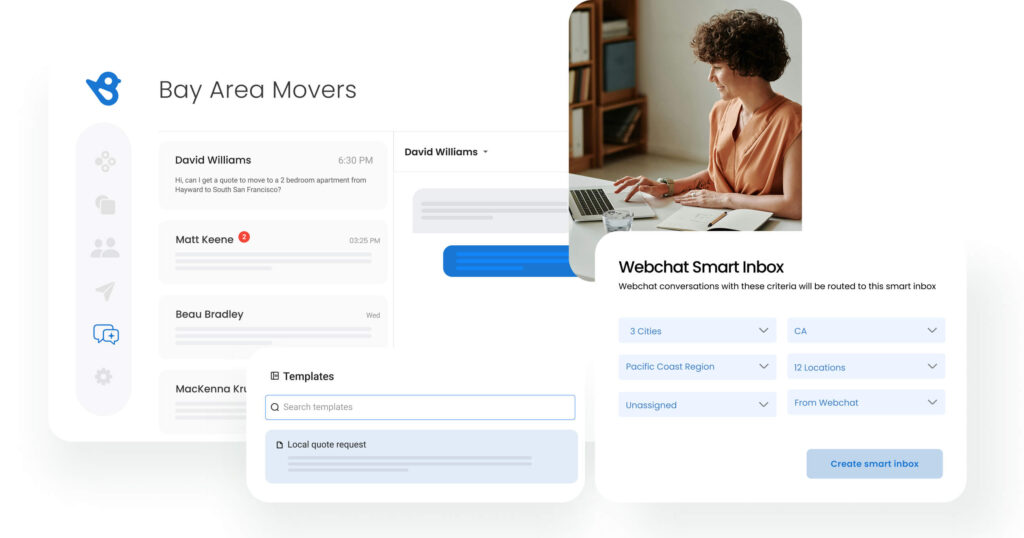
Localized landing pages
Localized landing pages work great for multi-location businesses. When prospective customers sign up at a specific landing page, they’ll only receive deals and promotions related to that particular branch. Therefore, the business owners benefit from having a streamlined mailing list of high-intent leads per location.
Local contests or giveaways
As we mentioned earlier, running a local contest or giveaway is an effective way to acquire leads or remind past customers about your brand. You can promote your contest on social media, and the prize will surely encourage many people to participate. Such practices are great for building brand awareness.
Segment local events
Local conventions, fairs, farmer’s markets, and trade shows provide the perfect opportunity to generate new local leads. And since you’ll meet customers face-to-face, it’s easier to raise awareness and start relationships within a short space of time. Be sure to have opt-in forms ready so that local audiences can sign up for your email newsletter or blog to stay informed about promotions and sales.
Local lead generation metrics
Lead generation metrics help you assess the effectiveness of the lead generation strategies of your business. These metrics, which are collected using local lead generation software, will help you determine if your strategies are working or if they require improvement. Here are some of the more important metrics to be aware of.
Conversion rate
This metric describes how many of your leads actually convert. The rate will vary depending on the industry and product but should be monitored closely to determine if adjustments are needed.
Conversion rate equation: (No. of conversions / Total no. of visitors) * 100 = Conversion rate (%)
Lead quality
Lead quality helps marketers and business owners understand which leads are more likely to convert into customers and which ones are not. This metric is measured by the number of leads that enter a sales pipeline and can be used to focus marketing efforts on prospects with a higher chance of turning into customers.
Lead quality equation: (No. of qualifying questions * Lead quality weight) / Total no. of questions = Lead quality score
Reach and engagement
It’s crucial to know how many people have interacted with your content and their level of engagement. These metrics will let you know if you’re reaching new leads and creating content that interests them.
Cost per lead (CPL)
CPL is a formula to calculate how much it costs to acquire a lead. For example, if you’ve spent $1,000 on social media ads and managed to generate 180 leads, then your CPL is $5.56. To work out your CPL, divide your marketing spend by the number of new leads generated.
Cost per lead (CPL) formula: Campaign cost / No. of leads generated = CPL
Cost per conversion (CPC)
CPC is a formula to calculate how much it costs to convert a lead into a paying customer. For example, if you’ve spent $1,000 on your total marketing campaign and gained 80 paying customers, then your CPC is $12.50. To work out your CPC, divide your total marketing campaign costs by the number of recently converted customers.
Cost per conversion (CPC) formula: Campaign cost / No. of conversions = CPC
What features to look for in lead generation tools
When selecting lead generation tools, businesses should focus on features that help attract new leads while also nurturing existing customers. A successful marketing strategy starts with tools that can:
- Streamline data collection
- Segment audiences
- Optimize lead conversion
Look for tools that integrate seamlessly with local SEO to enhance visibility and website traffic, ensuring your business appears prominently in local search results.
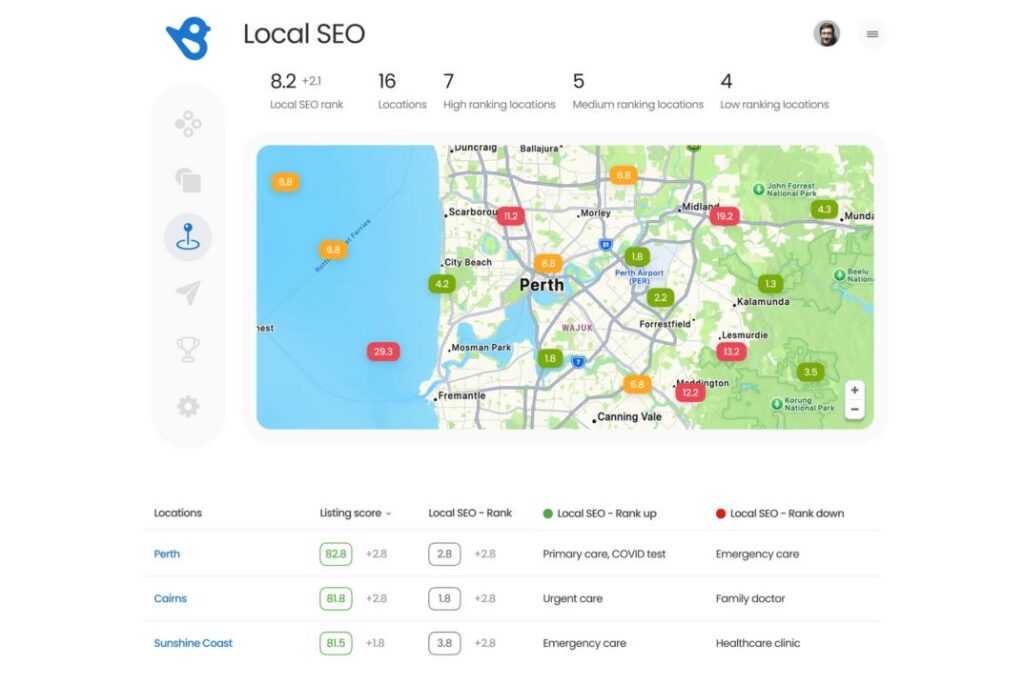
For generation businesses, a solid online business model requires a lead generation platform that supports multiple online marketing channels, from paid ads to social media, helping you expand your reach.
Lead generation tools should provide insights into customer behavior and performance, allowing businesses to refine their business model by identifying the most effective tactics for generating high-quality leads.
Additionally, it’s crucial that the tool offers automated workflows to save time, track website traffic, and integrate with existing CRM systems to maintain consistent customer engagement.
The right lead generation tool should also allow you to create targeted campaigns, track results, and continuously optimize your efforts to generate consistent new leads and retain loyal customers.
How Birdeye powers smarter local lead generation
When it comes to local lead generation, the difference between good and great lies in how well you streamline your efforts across platforms. Birdeye is a full-scale lead generator that helps local businesses attract, convert, and retain more customers efficiently.
With Birdeye Reviews AI, businesses can generate high-quality leads by automating review requests after key interactions. This not only builds trust but also boosts your presence in search engine results pages and local search results. More reviews mean better visibility and credibility, especially when your Google Ads or landing pages are working in parallel.
Birdeye also enables social media automation, letting you schedule posts, track engagement, and receive GenAI-powered content suggestions tailored to your local keywords and industry. Add in centralized inboxes for managing reviews, messages, and lead magnets, and you have a powerful lead-gen agency-level experience without the agency costs.
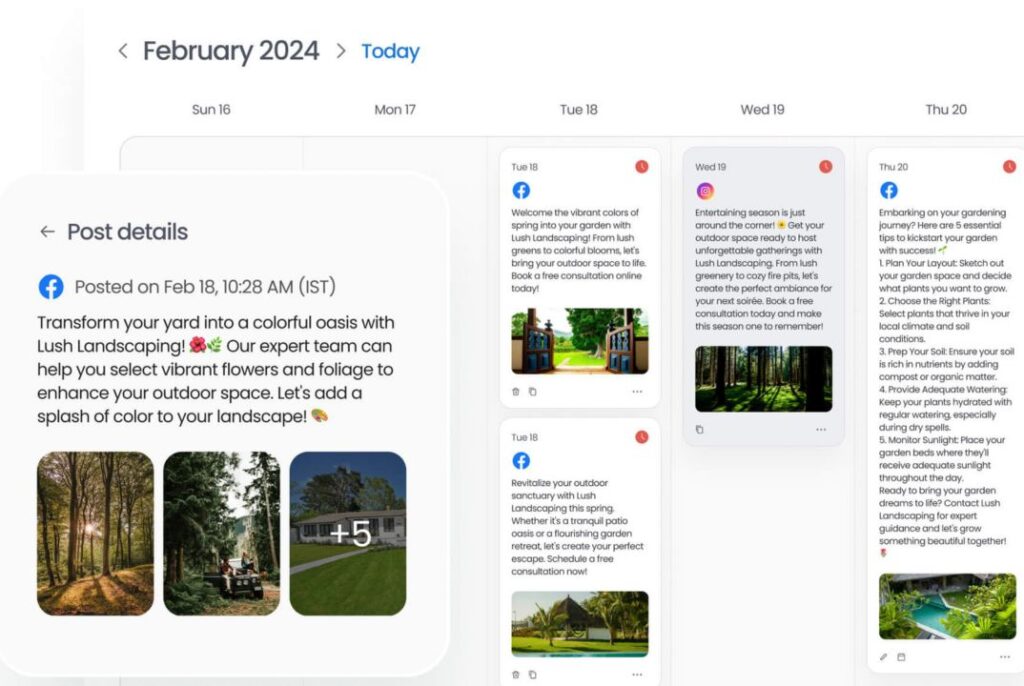
For businesses managing multiple locations, local lead generation services like Birdeye Insights AI offer performance tracking by location, using sentiment analysis to identify trends and service gaps. This ensures that your local business lead generation efforts stay ahead of customer expectations, while maximizing every penny of your ad spend.
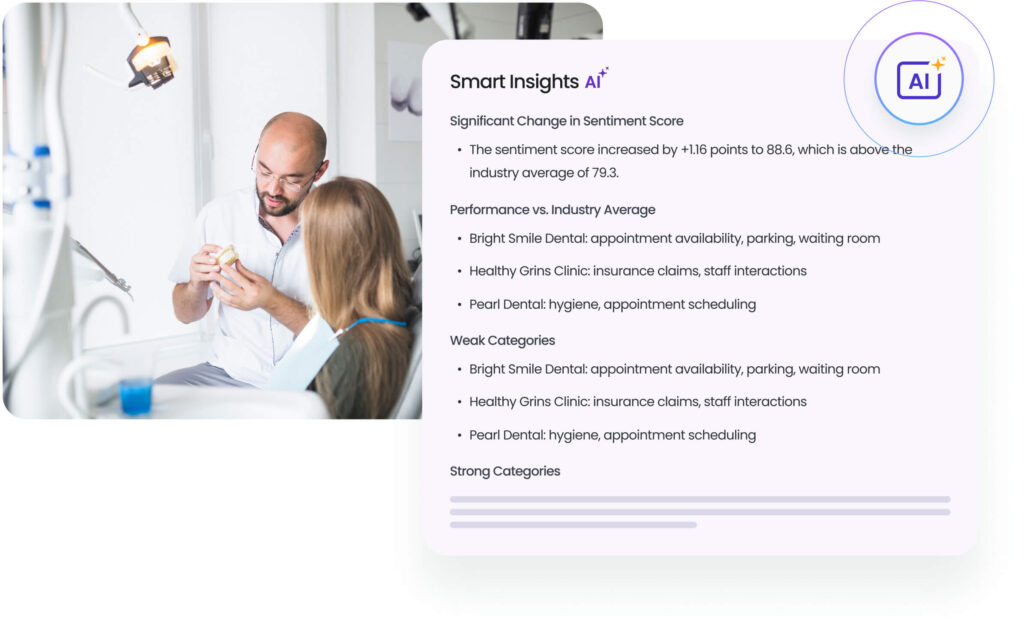
Whether you’re targeting organic search results, running paid advertising campaigns, or publishing content to stand out in local directories and local business associations, Birdeye helps you reach high-demand prospects with clarity and speed, so your business is chosen and stays relevant
FAQs about local lead generation
It’s the process of identifying potential customers within a specific geographic location near a business. It’s a tactic used to generate leads for local businesses and brands.
Yes, generating local leads and converting them into paying customers will determine whether a business becomes profitable.
To get local leads implement targeted tactics using the following channels: email marketing, local SEO optimization, social media campaigns, paid ads, referral programs, and attending local events. It’s not necessary to use all of these at once. Choose the strategies that fit your goals and budget.
The cost of lead generation can range from a few dollars per lead to hundreds or more. This will depend on the type of campaign and goals you have. Factors such as the quality of leads, targeting options, and marketing materials should be taken into consideration when calculating the cost per lead.
The easiest way to find leads is by using online ads. It helps to target potential customers in the area and capture their emails or contact information. Businesses can also use local word-of-mouth referrals from satisfied customers to introduce their services to even more potential leads.
Final thoughts on local lead generation
Local lead generation is the growth engine for any business rooted in its community. From coffee shops and real estate agents to healthcare providers and other businesses, attracting the right local audience means using the right mix of tactics and tools.
Success lies in combining targeted strategies: integrate email campaigns with SEO, Google Ads, and optimized landing pages featuring tailored call-to-action buttons. Stay active on social media, local directories, and business associations to reach customers wherever they search; whether through organic results or paid ads.
The key is to focus on generating high-quality leads. Use clear messaging, effective lead magnets, and smart ad spend management to consistently outperform competitors.
If you’re ready to act, platforms like Birdeye can help you integrate all of these elements into a unified strategy, making your lead generation business more efficient, impactful, and scalable. Ultimately, local growth is about doing what works. Watch a demo now.

Originally published
